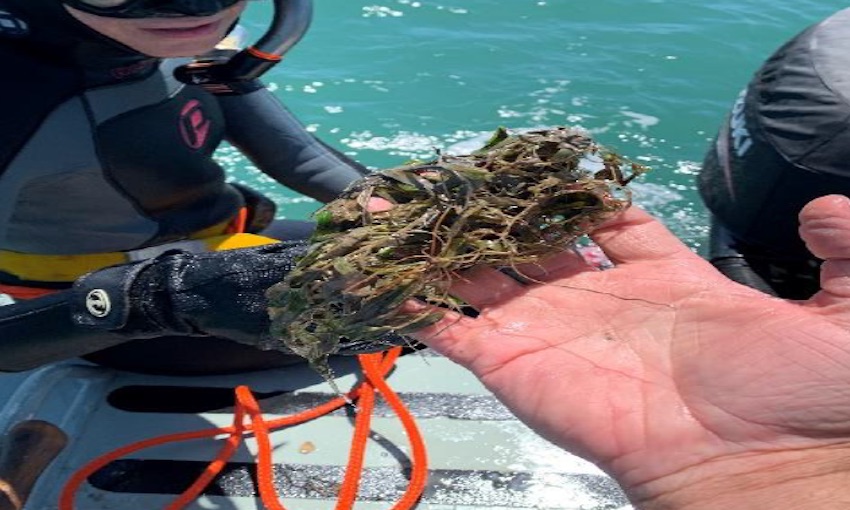IN good news for local fisheries, and for hungry dugong and turtles the seagrass in Gladstone is in the best condition of the past decade. The results come from a monitoring program by James Cook University’s Centre for Tropical Water and Aquatic Ecosystem Research (TropWATER) conducted on behalf of Gladstone Ports Corporation.
GPC acting CEO Craig Walker said the findings from such reputable organisations was very pleasing and reinforces GPC’s approach and commitment to the environment.
“We have done a tremendous amount of work and collaborated with a variety of bodies to ensure our harbour is well balanced and under constant monitoring.
“We are pleased with these results and to learn the seagrass is actually in some of the best conditions recorded since monitoring began 18 years ago,” Mr Walker said.
Seagrasses in Port Curtis and Rodds Bay are surveyed as part of a long-term annual monitoring program started in 2002 by the JCU TropWATER team.
For the first time since 2008, all three Rodds Bay seagrass meadows monitored were found to be in very good condition matching the improved conditions of seagrass throughout the Port Curtis area.
GPC environmental specialist Anjana Singh said TropWATER had attributed the recovery to lower rainfall and river flows over the last few years.
“The lack of major rainfall and floods has led to favourable light conditions which supports seagrass growth,” Ms Singh said.
“We are committed to the health of our waterways and are excited to see the habitat that supports key marine life in the harbour flourish.”
JCU TropWATER principal research scientist, Dr Michael Rasheed who leads the research program said the total area of seagrasses in the Port Curtis and Rodds Bay region was the highest ever recorded.
“The entire region was last surveyed in 2014 and since that time the seagrass area has increased by 26%,” Dr Rasheed said.
“The good condition of seagrasses in 2019 point toward a healthy marine environment for Port Curtis and Rodds Bay.”
This is great news for local fisheries as seagrass meadows play a vital role as a nursery ground for fish and prawns.
“The local seagrass meadows are also an essential food resource for Gladstone’s dugong and green turtles,”said Dr Rasheed.
Monitoring of the seagrass meadows occurs every October to November during the peak growing season.

